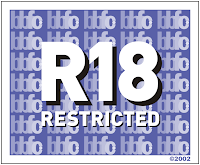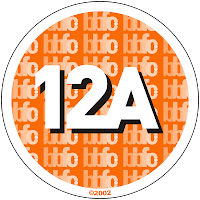Narrative theory
A method of deconstructing the narrative of a text in detail. Four different theorists in this field:
· Vladimir Propp
· Tzetan Todorov
· Claude Levi-Strauss
· Rolande Barthes
Vladimir Propp:
· Morphology of the fairy tale 1928.
· Studied folktales and legends.
· Notices similarities.
· Identified 32 basic categories of action.
· He called these ‘functions’.
· He also identified spheres of action or character functions.
· He noticed characters tended to be types rather than individuals.
· Eight of his types useful in media:
· The hero – On a quest.
· The villain – Opposes the hero
· The donor – Helps the hero with magic tool.
· The dispatcher – Starts the hero on his way.
· The false hero – Tempts the hero away from his quest.
· The helper – Helps the hero.
· The princess.
· The father.
· There are also many texts which do not conform to the Proppian Theory as there are that do.
· It maybe that the protagonist (hero) or antagonist (villain) cannot be considered a type.
· Or where the princess does not conform to the sexist function described by Propp e.g. Alien.
Claude Levi Strauss:
· A structural philosopher.
· Interested in how much our world is described in terms of opposites.
· These are called binary oppositions:
· Night/day.
· Good/bad.
· Light/dark.
Rolande Barthes:
· Interested in the concept of negotiated meaning between institution and audience.
· Readers make new meanings when reading a text based on previous experience as well as the text itself.
· While watching a docusoap about airlines meaning will depend on viewers previous experiences.
· The cultural context of consumption is as important as the content.
· He describes texts as networks long before the internet but having much the same meaning.
· Most well known Barthes code is enigma code.
· This is where there is a hook or mystery to be solved by the audience.
· The “Tune in next week” the cliff hanger or the film trailer.
Tzetan Todorov:
· Suggests there was five stages to every narrative:
· Equilibrium.
· Disruption of equilibrium by event.
· Realisation that disruption has happened.
· Attempt of repair damage from disruption.
· Restoration of equilibrium.
· Applies to fictional and non fictional texts.
· Adverts often use the structure as do news broadcasts.




























